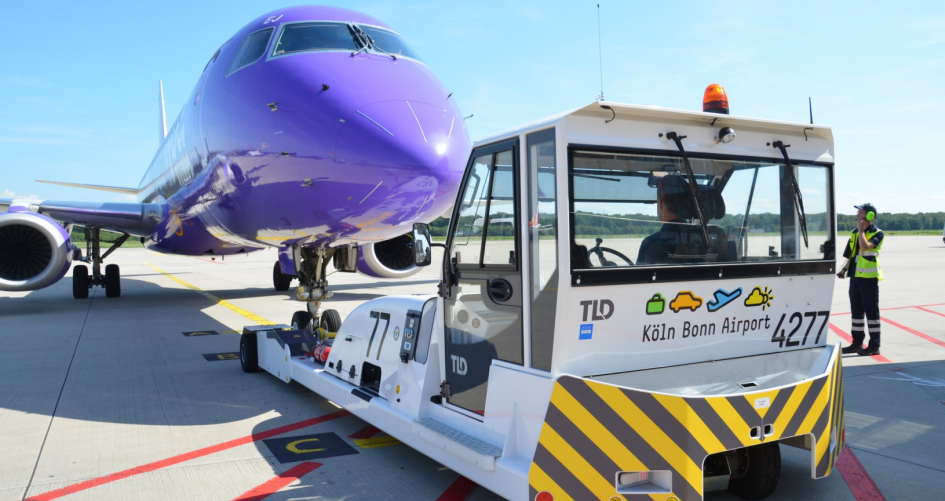The UN Climate Change Conference in Bonn (COP23, 6 – 17 November) is designed to increase climate action and more sustainable development at all levels of society. The organizers of COP23 are walking the talk –the conference will be made sustainable to the greatest possible extent. In a special series, the UN Climate Change News team is looking at the different aspects of sustainability – including transport, waste management, catering, energy and offsetting. To kick off the series, we look at the issue of making the conference fully climate neutral, primarily by offsetting carbon emissions.
One of the key objectives of the United Nations is to make society carbon or climate neutral – and it is therefore no surprise that the UN Climate Change Conference in Bonn will be fully climate neutral, too.
With most delegates traveling to Bonn from abroad, the lion’s share of greenhouse gas emissions from COP23 - as with all other major international meetings - is from long distance air travel.
Further important sources of emissions are from hotel overnight stays and the associated use of energy as well as local mobility – so how delegates get to the venue once they are on the ground.
Dr. Hartmut Stahl from the Öko-Institut (Institute for Ecology) advises the German government on the sustainability of the COP. He says:
“The first step of our programme is to reduce the greenhouse gas emissions of the event as much as possible by taking measures, for example energy efficiency. The second step is to use renewable energy as much as possible, but still you will have a certain amount of emissions that are not avoidable, so in a final step these emissions need to be compensated. Compensation means an investment in climate protection projects in other places.”
For local travel, the options to cut down on emissions are to use public transport as much as possible. Shuttle transport in the form of electric vehicles powered by renewable energy will connect the two official COP23 conference zones (the next installment of this series will be on clean energy and local transport at COP23).
All of the unavoidable emissions from COP23 will be offset by the government of Germany by purchasing certified emission reduction credits, preferably from Clean Development Mechanism (CDM) projects registered in small island developing states.
The focus on these countries is in recognition of the fact that Fiji has the Presidency of the UN Climate Change Conference in Bonn.
In addition, the UN’s Climate Neutral Now initiative offers organizations, companies and individuals the possibility to compensate their own greenhouse gas emissions not related to the COP by purchasing UN-certified offsets.

A solar water heater being installed in South Africa as part of a CDM project
Certification of COP 23’s Carbon Footprint
Once the conference is over, it will be time to calculate the overall carbon footprint of COP 23 – and offset emissions associated with the conference.
“Travel, food, local transportation, and accommodation – all related aspects happening at and around the conference get an emissions tag,” says Dennis Winkler, Lead of the COP 23 Sustainability Taskforce and responsible for the sustainability of UN climate change conferences at UN Climate Change. “We then add up all relevant tags and define a process for offsetting the resulting footprint.”
The environmental performance of COP 23, including the event’s carbon footprint, will be verified by an external environmental verifier under the Eco-Management and Audit Scheme, an environmental management scheme based on stringent EU regulation.
EMAS provides the overall framework for the sustainable organization of CO 23, covering aspects such as energy and resource efficiency, legal compliance and stakeholder engagement. All targets and measures will be publicly reported under the scheme.
This follows on the successful certification of the sustainability management systems of the UN Climate Change Conference in Paris 2015 ( COP 21) and the UN Climate Change Conference in Marrakech (COP 22) under the ISO 20121 standard,
See more information about COP 23 sustainability and how it will be verified here (more information to follow).
Banner Image: An aircraft at Cologne-Bonn airport, where many delegates will arrive (Image: Köln Bonn Airport @AirportCGN, Twitter). In the picture, the plane is towed by an electrically powered aircraft tractor.
